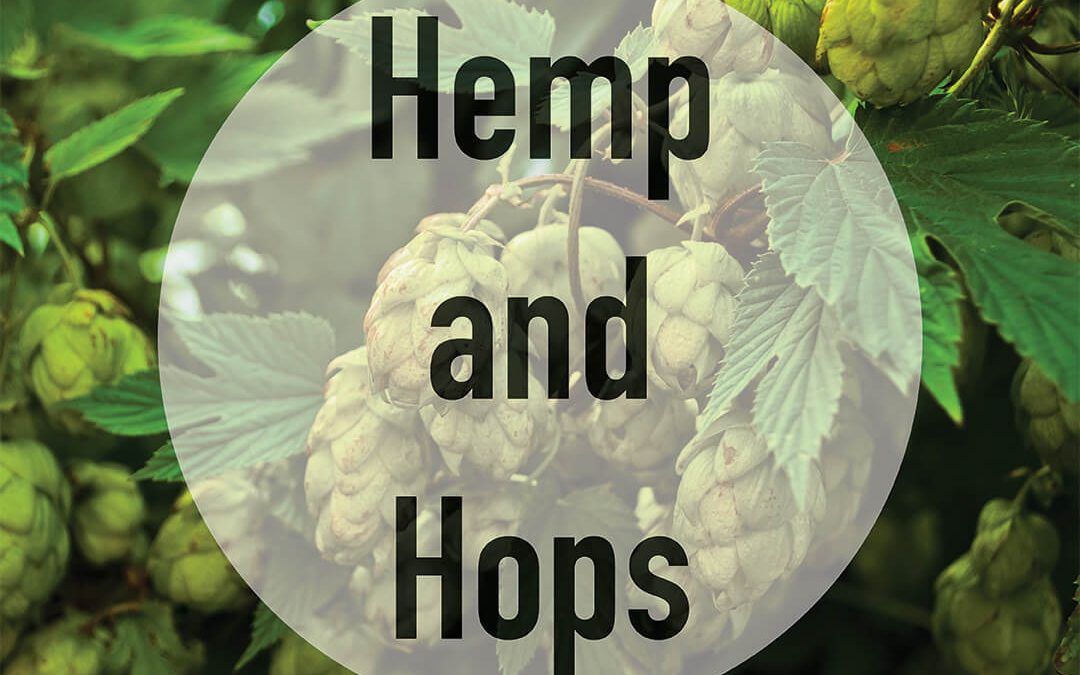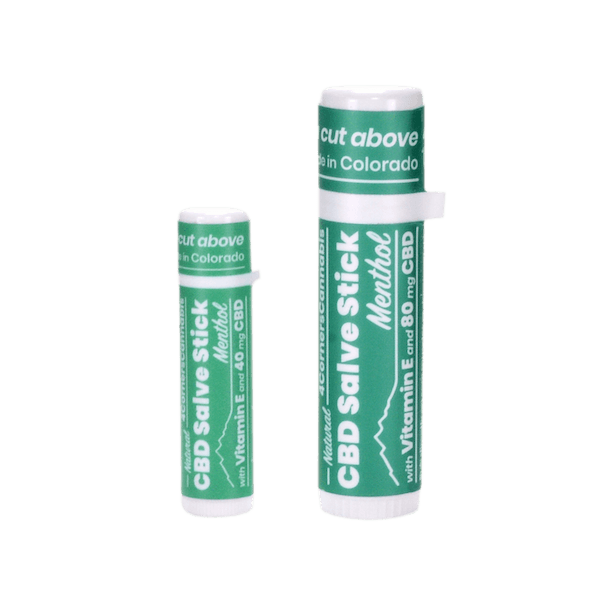Hemp and Hops: Familiar Fragrances
For thousands of years, humankind has enjoyed both hemp and hops. They’ve been part and parcel of various cultures since the day they were first used. All these millennia later though, we finally have a deep enough understanding of plants to comprehend the relationships between them.
Unbeknownst to those before us, these two plants we’ve always used for nourishment, ritual, and celebration come from the same family! That’s right. These cousins belong to the family Cannabaceae, and both share a key characteristic… terpenes that provide intense fragrances! Given their aromatic allure, people enjoy analyzing the variety of flavors that both plants.
Researchers are just starting to look at different terpenes and how they mix with cannabinoids and other chemical compounds in these plants. Terpenes, and what they bring to both hops and hemp, are an interesting subject.
Analyzing Flavors in Beer
Craft brewers continually highlight the flavor profile that their hops boast. Among other factors, hops often top the list of flavor factors. Some individuals even become certified “Cicerones“, or beer tasting/pairing experts, by taking classes through the appropriate organization. Some of the metrics and methods that connoisseurs use to compare the properties of different beers include:
- IBU’s – International Bittering Units. This measurement dictates the intensity of a beer’s bitterness. Scientists created the IBU scale as a means of quantifying bitterness to the best of our ability.
- Pouring – Some beers perform best when served in specifically shaped glasses and poured in a particular manner. While seemingly trivial, these factors impact the “bouquet” of the beer.
- Type of Beer – Brewers the world over offer many types of beer. Beers fit in various categories based on how brewers make them and what ingredients they include. A categorized beer, for instance, a “pale ale”, can be compared against other beers in the “pale ale” category to identify what is unique about it.
Assessing flavors in cannabis
Now that cannabis is coming into its own, it may not be long before cannabis tastings or samplings become a regular occurrence. A company called Goldleaf even makes a “Cannabis Taster“. They designed this journal specifically for recording the flavor profiles and sensations provided by different types of cannabis.
Although we have budtenders to walk customers through the cannabis selection process, no term has yet been designated for a specialized cannabis expert. Beer has the cicerone while with wine they are known as sommeliers. Maybe Cannasseur is an adequate title, but only time will tell. The following are some of the properties that cannabis experts compare. They use these to describe the unique strength, flavor, and aroma profile of a given strain:
- The Look – Although many people seek different flavors and effects with cannabis, all plants that have a robust cannabinoid profile will share one thing in common: An abundance of crystalline structures called “Trichomes”. These trichomes house cannabinoids like CBD and THC (and over 100 others).
- The Notes – Much like tasting whiskey requires only a small sip, cannabis tasters take a very slight draw, let the smoke settle, and gently push their tongue to the roof of the mouth to get an idea of the complete palette of flavors.
- Terpenes – These are the compounds that give cannabis the majority of its smell. Different terpenes provide a different olfactory experience, and it’s thought that they provide different physical effects through the entourage effect as well.
Terpenes: The Unlikely Link
Terpenes are quickly becoming a point of convergence for hemp and hops. Brewers are beginning to isolate terpenes from different varieties of hops. They use those isolates in beers to affect a much broader range of flavors and sensations.
Sound familiar? That’s because terpene isolation in a craft setting has been largely popularized by the cannabis industry. This has all happened within the past few years, particularly in the Hemp industry.
While terpene isolates have been used in common cleaning products and the beverage industry, those uses were born of convenience. The use of terpene isolates from hemp and hops comes from a desire to create utterly original flavor profiles as well as mild bodily effects. For instance, terpenes like limonene might be added to a given beer for their citrine aroma and energizing effects.
Humalene – The “Hop Terpene”
Humulene is the main terpene found in hops and it is among the top 5 terpenes in cannabis. Unlike many terpenes, it is noted as an appetite suppressant. It also has been noted for its anti-inflammatory properties, which is partially why both beer and CBD leave you feeling better and more relaxed.
For more notes on different terpenes in CBD, we’ve done a ton of research that you’ll find helpful!
A Flavorful Future
After years of defining beer by its bitterness, Chris Fish of Telluride Brewing reported in one Colorado Sun article just how hopeful he was about the future of terpene isolates in beer.
The advent of this new approach to brewing means that they can now focus on what are called “fruit-forward” aromas and flavors. This novelty will undoubtedly bring about new categories, or at least subcategories, of beer in the coming years. Similar categories could also arise in hemp plants.
We can only imagine what other similarities brewers, growers, and scientists will find between cannabis and hops in the future. For all we know, legal barriers permitting, brewers and growers might transcend their individual industries and collaborate to create flavors and aromas we never thought possible. If you’d like to learn more about terpenes, click here.




